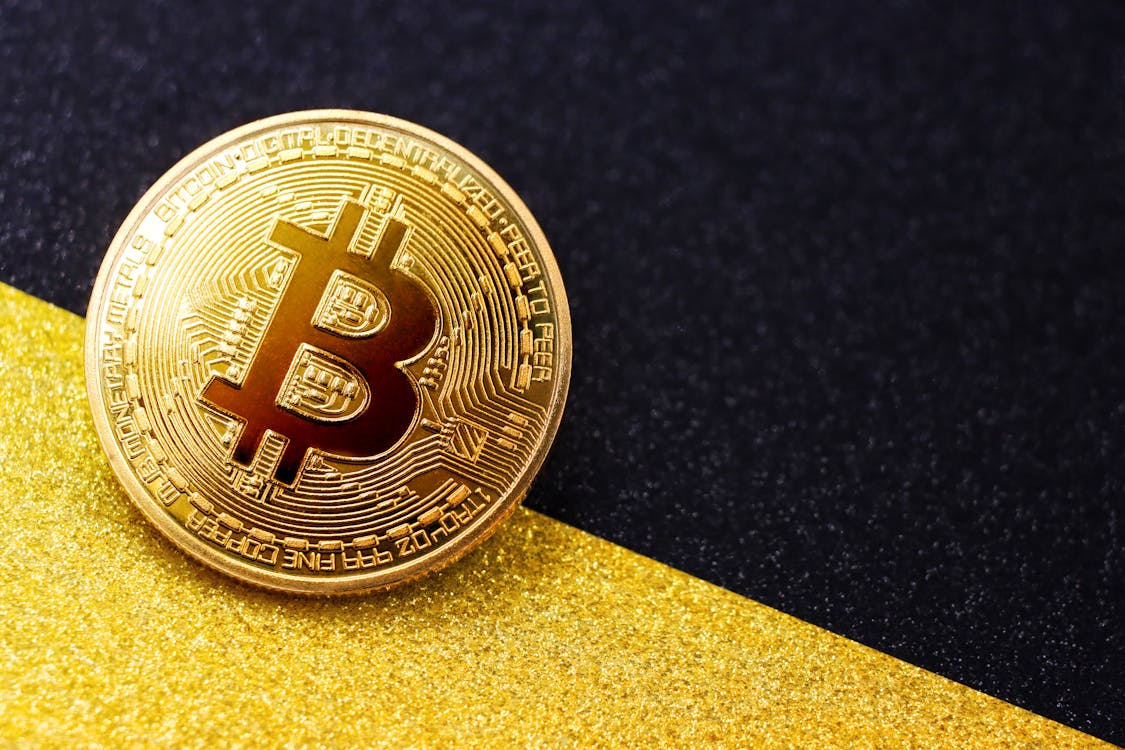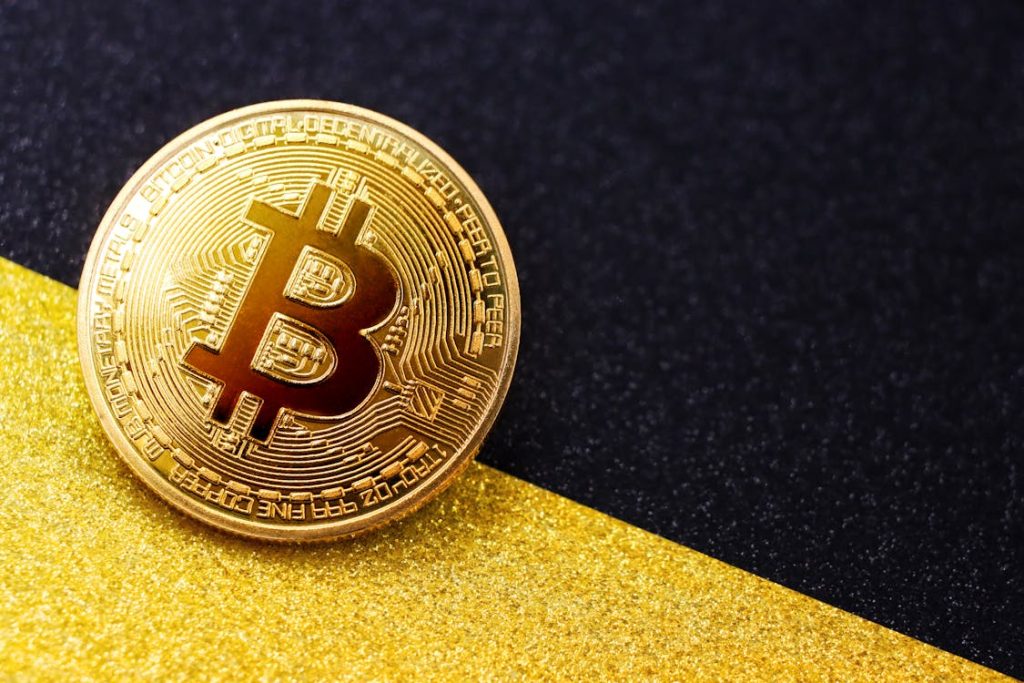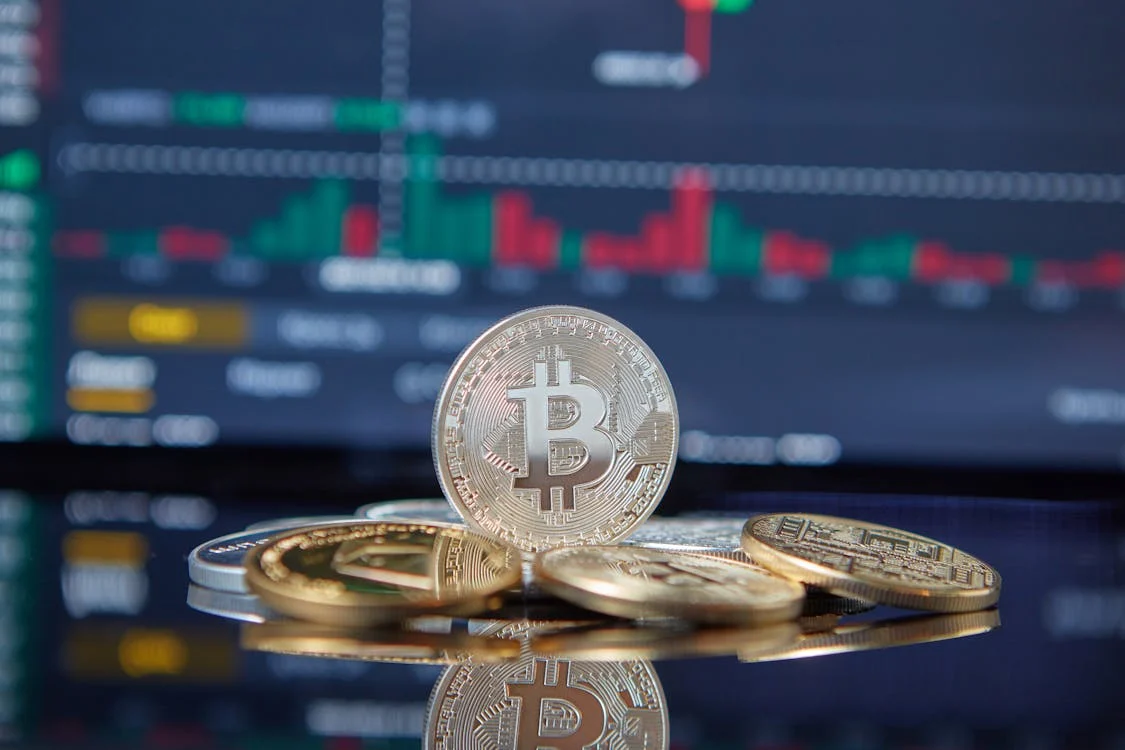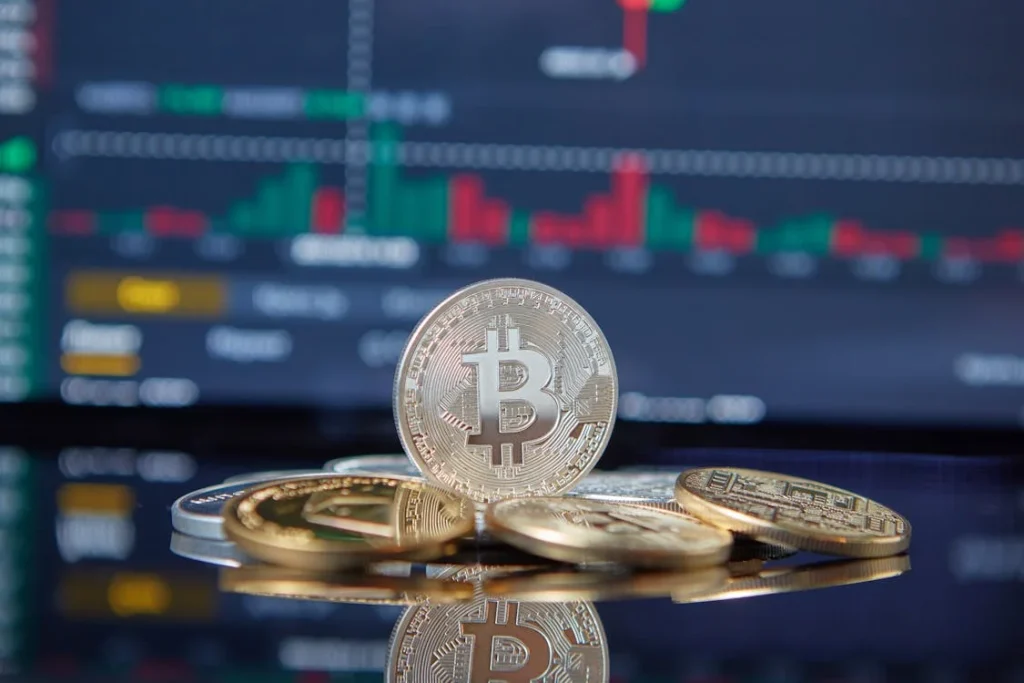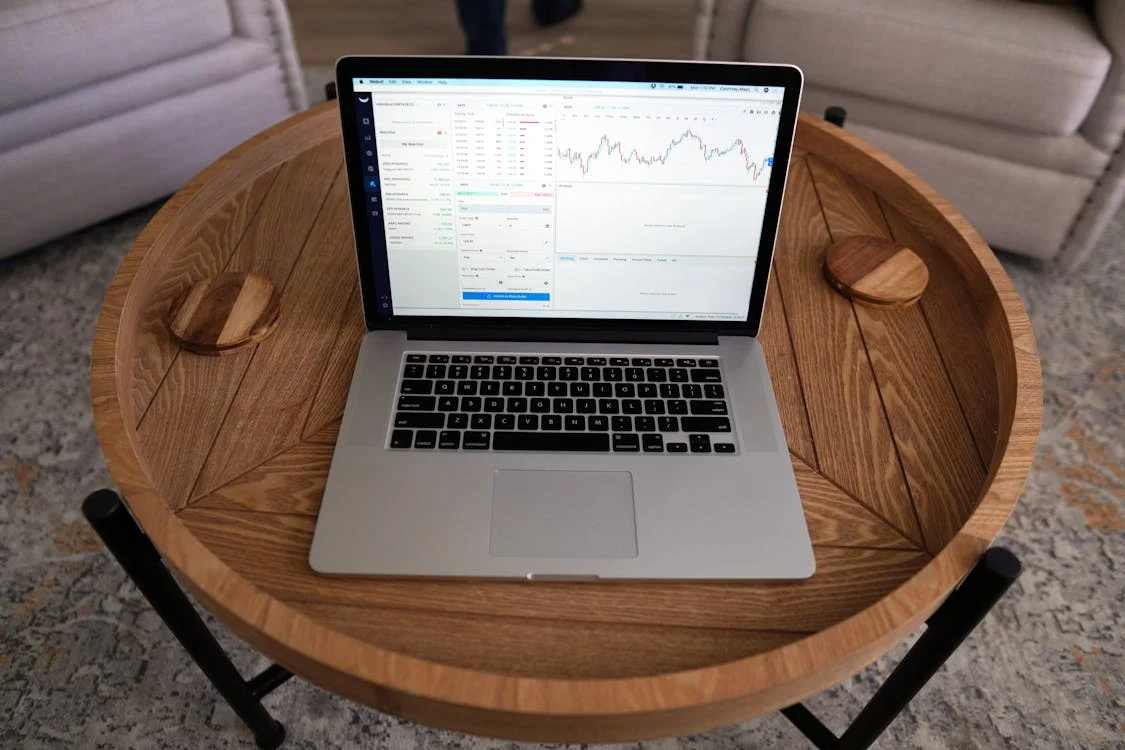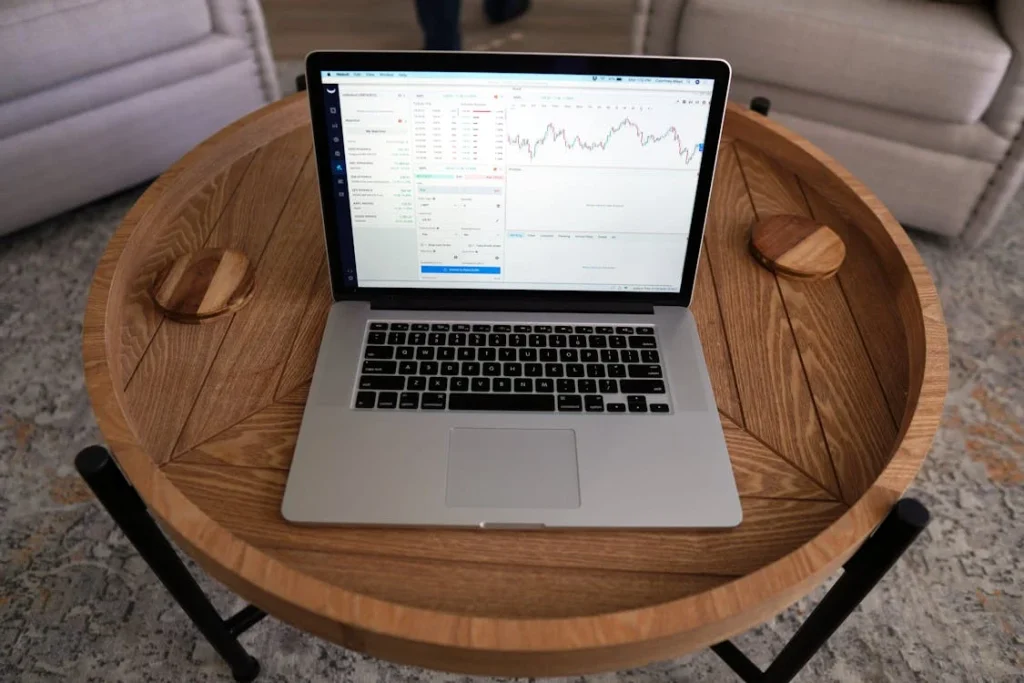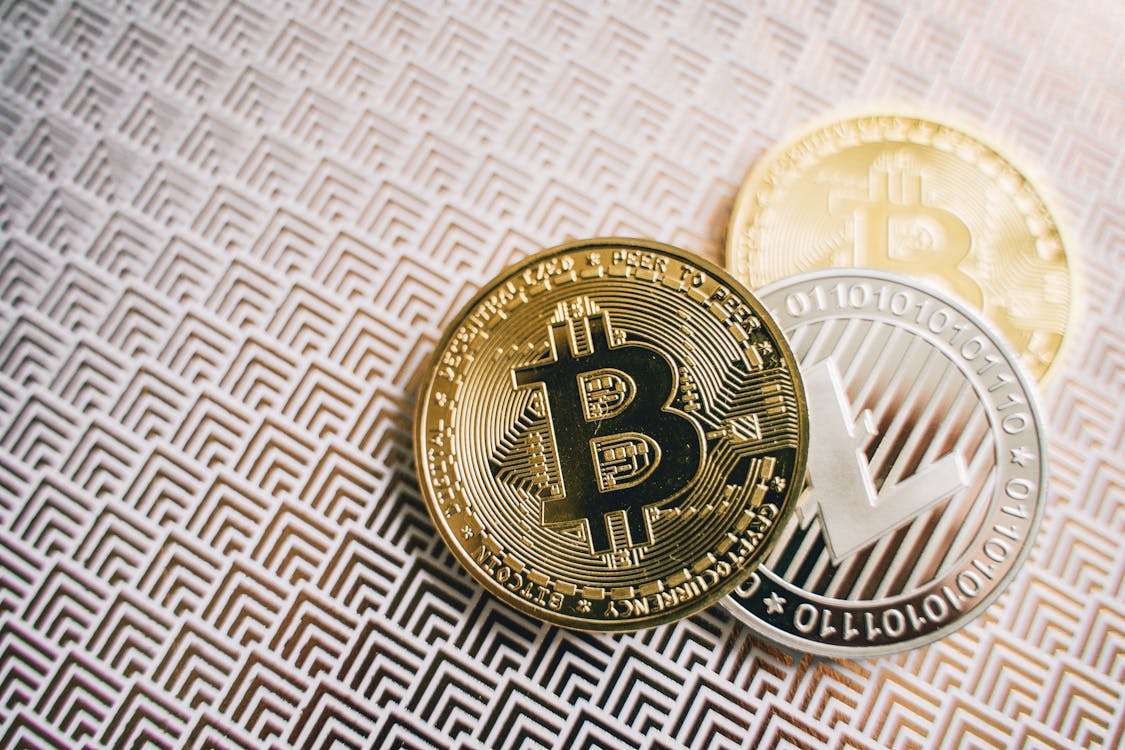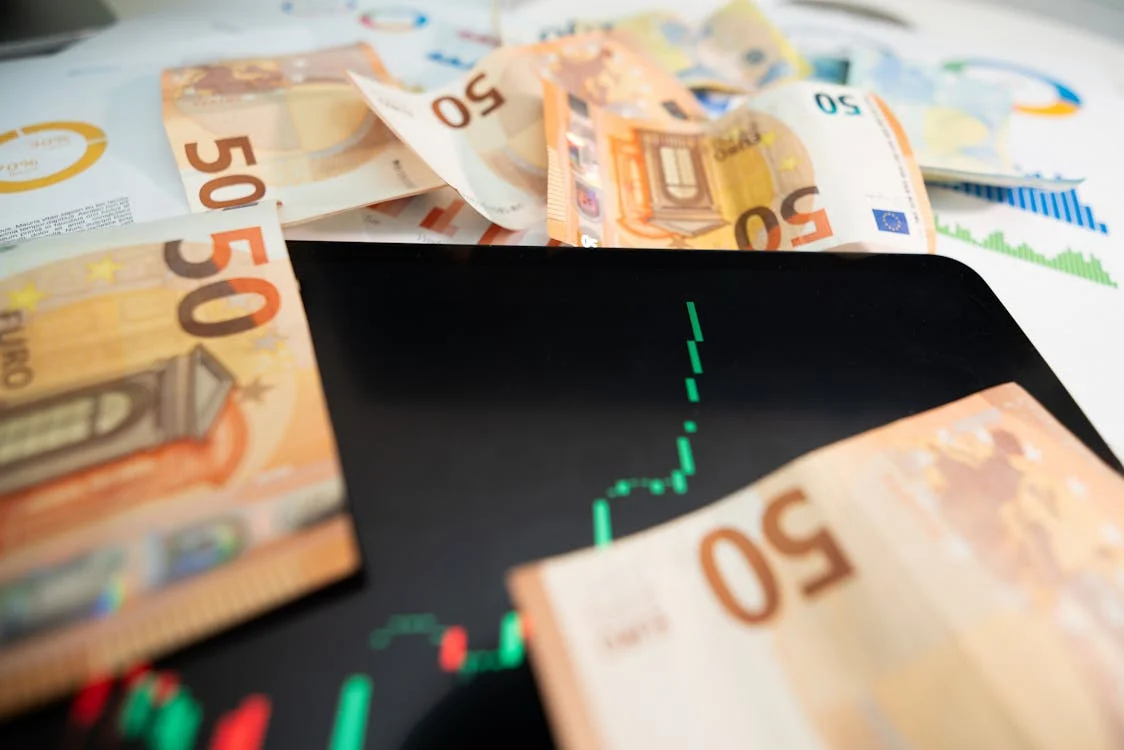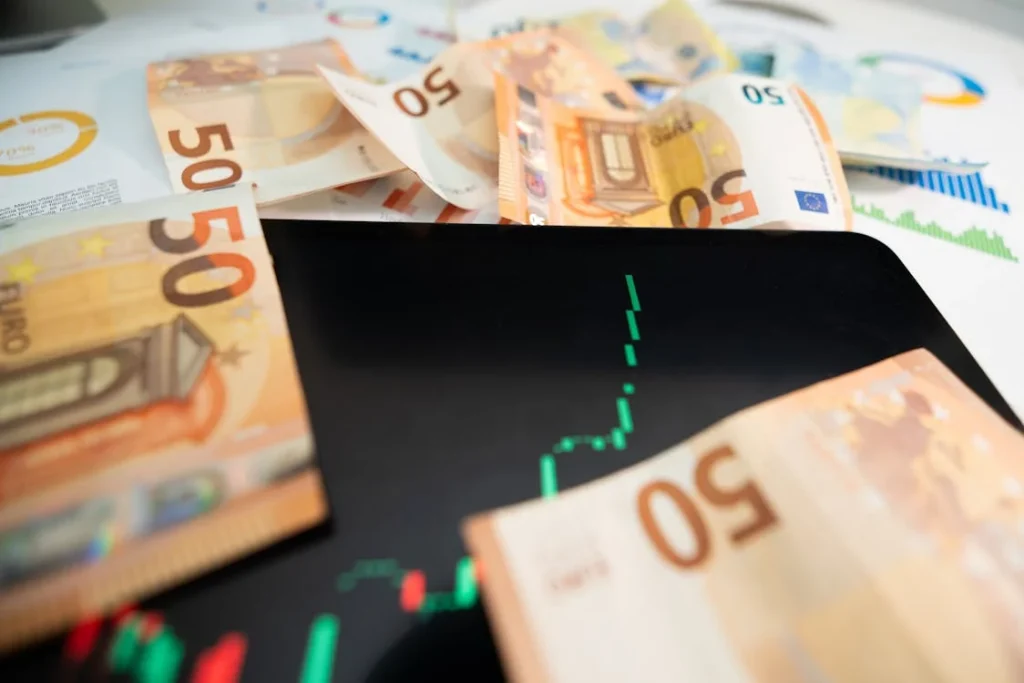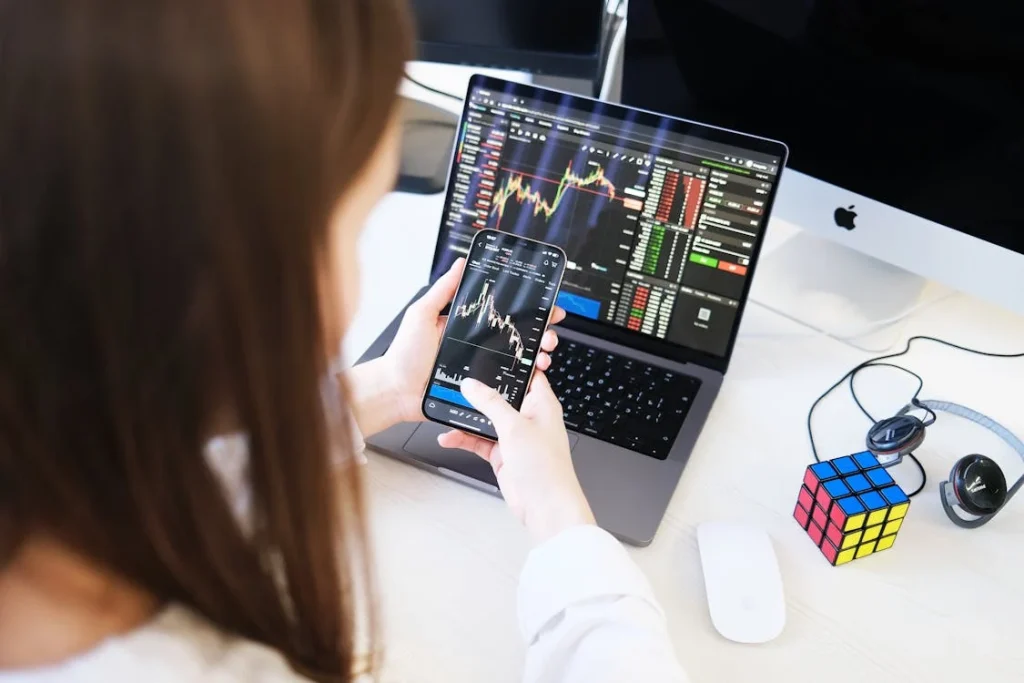Crafting a Winning Forex Strategy: Key Tips for Success
Forex trading can be both exciting and overwhelming, especially for beginners. The key to successful trading lies in crafting a robust strategy. In this article, we’ll explore effective forex trading strategies that can help you navigate the market with confidence and increase your chances of success.
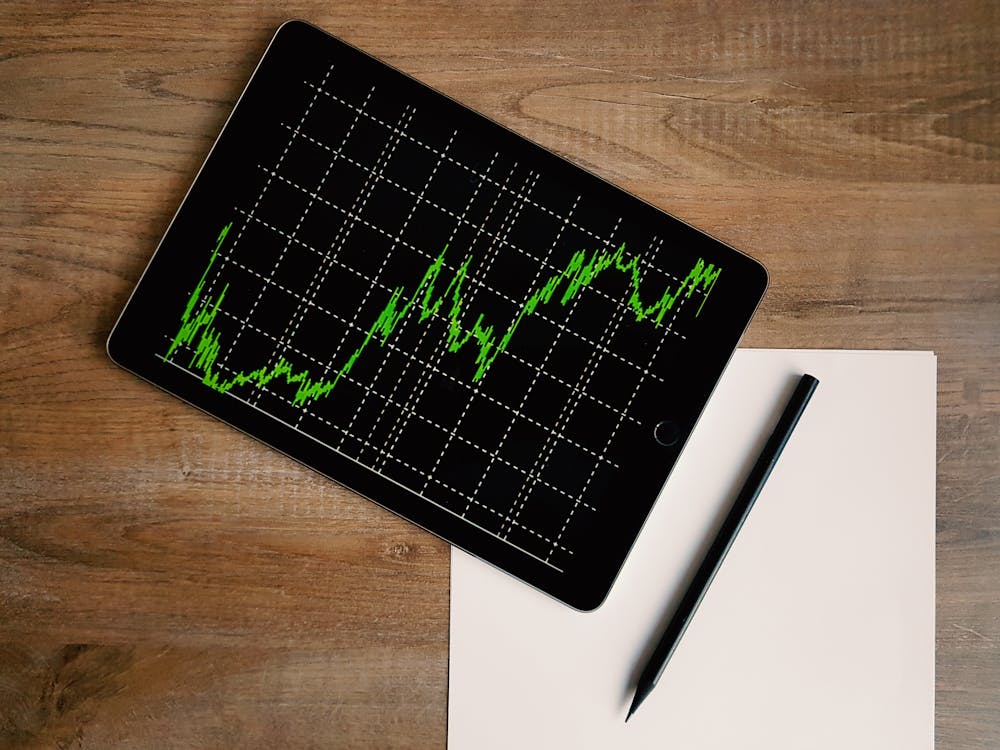
Understanding Forex Trading Strategies
Forex trading strategies are plans that traders use to guide their decisions on when to buy or sell currency pairs. A good strategy accounts for market trends, risk management, and profit targets. The strategy you choose depends on your trading style, risk tolerance, and market knowledge.
Common Forex Trading Strategies
- Scalping: A strategy that involves making numerous small trades for quick profits. Scalpers aim to capitalize on minor price movements and typically hold positions for a very short time.
- Day Trading: Day traders open and close positions within the same trading day. The goal is to profit from short-term price fluctuations without holding positions overnight.
- Swing Trading: Swing traders hold positions for several days or weeks, capitalizing on medium-term price movements. It’s less intense than day trading but still requires constant monitoring.
- Position Trading: This long-term strategy involves holding positions for weeks, months, or even years, aiming to profit from the broader market trends.
Risk Management in Forex Trading
Effective risk management is crucial to protect your capital. Here are some key techniques:
- Stop-Loss Orders: Setting a stop-loss ensures you limit your losses if the market moves against your position.
- Leverage: While leverage can amplify profits, it also increases risk. Use it cautiously, and only when you understand the potential consequences.
- Position Sizing: Adjust the size of your trades based on your risk tolerance. Never risk more than 2% of your total capital on a single trade.
Conclusion
Forex trading requires skill, patience, and a well-structured plan. By following a clear strategy and managing your risks, you can increase your chances of success in the forex market.
